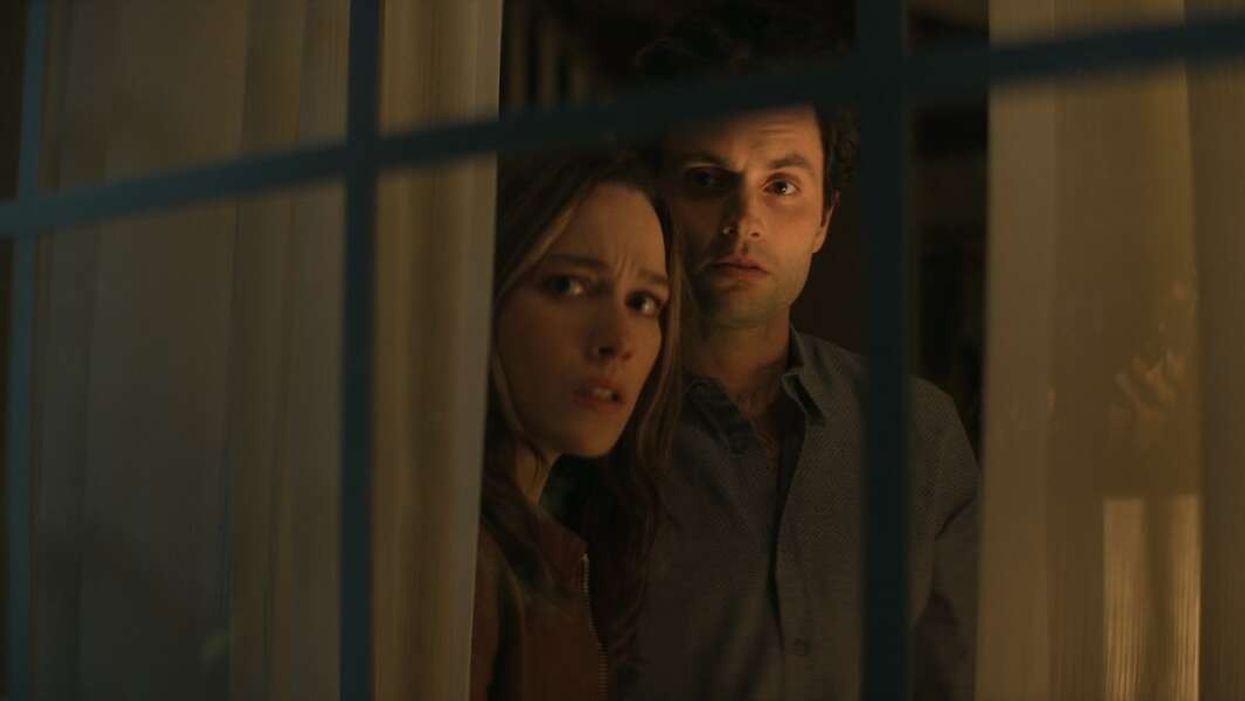Recreating the Look from 'You' with Cinematographer Sean Alami
Sometimes the best way to learn is by copying movies and TV we like!

If you're as obsessed with the Netflix show You as we are, you've likely thought long and hard about how they capture each devastatingly charming scene from a cinematic perspective. The cinematography in the show is very close, sometimes suffocating. Season three was shot on anamorphic lenses that often distort the image. It's a perfect visual language for a show about serial killers.
Sean Alami breaks the visual process down for us in this awesome video below. Let's try to recreate the look using his approach.
How to Create the Look from You on Netflix
Before anything else, Sean lists the equipment requirements for his take on the look of the show.
- A camera capable of shooting in 4K at a bit depth of 10 bits
- 120fps slow-motion capabilities for buttery-smooth speed ramps
- Camera stabilization, such as a glidecam, a Steadicam, or a Ronin gimbal
- An indoor location similar to a library
Is that the whole list? That's the whole list. The man keeps things simple, especially for this subtle, naturalistic style of shooting. Sean even suggests using your iPhone if you don't own a camera.
In the video, you'll see that he supplements the scene's set-up with an LED tube light and a Falcon Eye RX 18. We recommend having at least a few moldable light sources on-hand, as well. You can use these lights to accentuate and to reinforce on-screen practicals, as well as to help you out in terms of exposure compensation when shooting slow motion at 120fps.
If you've got your editing software squared away, you're ready to break ground. Grab two of your most attractive friends to stand in for the scene. Lights, camera, action.
How to Light a Scene Like the Creators of You
In this tutorial, we have our sights set upon the look of the You trailer specifically. It's a sensual, suspenseful meet-cute that utilizes slow-mo and soft, natural light.
The key to lighting a scene like this is keeping things diffuse and general. Instead of lighting one or two actor marks to the nines, you instead give the character and the camera an environment within which to exist and explore.
The simple set-up described in the video cradles the room; you've got one key reaching far and wide, while his universal kicker ensures that both actors are drawn out and away from the background in each shot, no matter where they end up landing.
Sean starts out with two lights illuminating the room ambiently. His camera is mounted on a Ronin. Watch as he follows the two actors and documents their interaction. He uses the word "float" a lot, which we love. The camera flies in and out, a silent witness to the drama unfolding before us.
Gimbals, shoulder mounts, and other types of camera support in this category give you an immense amount of freedom as you operate. You, the camera, almost become an actor in the scene yourself. You're able to adjust as you need to and to riff off of improvisation and follow the action exactly as it occurs without being limited to a dolly track or any other cumbersome limitation.
With the right editing, sound mix, and score, you're able to heighten the drama created here, even with so little gear out on the floor. The goal of a set-up like this is to create an oasis for your audience to lose themselves in—it's just the camera, the characters, and all of the eyeballs glued to the screen.
The Right Lens Seals the Deal
Sean used a Sony 50mm lens to shoot his rendition of this sequence. With a lens speed of f/1.2, each close-up becomes a beautiful and immersive portrait.
He shot his version with an extremely shallow depth of field, which can be challenging to manage when shooting any type of Steadicam shot. The creators of You pull this look off flawlessly. You can do the same, but you might need to do a bit of thinking before diving in immediately.
Sean claims that he didn't need a camera assistant by his side for this endeavor, and, at f/1.2, our hats are off to him. If you're struggling on your own, we can always recommend enlisting the help of a pal.
A Great Story, a Solid Plan, and a Cinematic Style Unlike Any Other
More than anything else, Sean attributes this iconic look to the passionate creatives who made it all happen. The simplicity of the set-up allows the lighting to take a backseat to the plot and the development of these characters.
Doing the same yourself for your own DIY film projects takes very little equipment. All that you'll need is a camera, a dream, and a couple of friends to help you put it all together.
Source: Sean Alami











